Exfoliating is one of those terms that is constantly thrown around in the world of skincare. But what does it actually mean? What is the purpose of it, and what is the best way to go about it?
The basics of exfoliating
In the simplest terms, exfoliating is removing the layer of dead cells that sit on the top of your skin.
Depending on age, skin sheds within about 30 days, but exfoliating helps speed that natural process along. Leave that top layer of skin hanging out and you’re looking at a host of unpleasant problems – ranging from acne to dull, lifeless looking skin.
Broadly speaking, exfoliation can be grouped in two categories: mechanical and chemical.
Mechanical exfoliation is most likely what you envisage when you hear ‘exfoliator’ – a cleanser with small solid particles that help shift those dead cells. You’d be correct in thinking that, however, mechanical exfoliation can take many other forms – ranging from muslin cloths to loofah gloves to electronic brushes.
Essentially, mechanical exfoliation is any process where you ‘scrub’ to remove the cells.
Chemical exfoliation involves applying various different acids to the skin, which help to break the dead cells down.
Chemical exfoliants are usually either applied as a toner and wiped away with a cotton pad or as an overnight peel. The acids used are either alpha-hydroxy acids (AHAs) or beta-hydroxy acids (BHAs), usually derived from fruits, and are perfectly safe for use on your skin.
How often should I exfoliate?
How often you should exfoliate depends on a really wide variety of factors.
If you’re using an electronic brush, these are generally gentle enough to use every day, as are mild exfoliants (like our kóri facewash!) both in the toning chemical and mechanical face wash categories. Others are harsher and should only be used a couple of times a week.
It’s also important to think about your skin type. If you have very dry skin, you’ll want to limit using a heavy duty exfoliant to once a week, whereas if you’re at the oilier end of the spectrum you can get away with it more or less every day.
Your body is also likely to need exfoliating less often than your face, as it can generally take a more abrasive scrub.
Generally speaking, the best advice is to listen to your skin. If it’s feeling tender and looking a little too rosy, you’re probably exfoliating too much. If it’s looking dull and feels like there are dead cells building up, you’re probably not exfoliating often enough.

How to exfoliate your face
We’ve already covered some general pointers about exfoliation, including the different types of exfoliant and the fact that different body parts require different types of exfoliation. First we’ll take a look at how to exfoliate your face with a manual exfoliant.
- Get steamy – the best place to exfoliate manually is in the shower. Steam helps to loosen grime that’s stuck in the pores, meaning you can banish those pesky dead cells for good. If you can’t do it in the shower, get a hand hot face cloth and pop over your face for 30 seconds to get those pores good and open.
- Lather up – grab your trusty exfoliant of choice. We love our kóri facewash which is gentle enough to use every day. Dispense a 20p sized blob and massage it gently into your face.
- Rinse off – the best thing to rinse with is warm water, however if you need an extra boost of exfoliating power use a terry face cloth to buff the cleanser away in circular motions.
Moisturise – as exfoliating penetrates the pores, it makes other products more effective. Also, the process of exfoliating can cause some trauma to the skin, so be sure to give it the TLC it deserves. Our kåre moisturiser is perfect for this.

If you’d prefer to give a chemical exfoliant a go, our gösta tonic contains citric acid. This AHA dissolves the bond between dead skin cells meaning they can be wiped away, reducing acne and brightening the skin. It’s also gentle enough to be used on all skin types – a real win-win if you ask us!
Featured products:
-
Sale
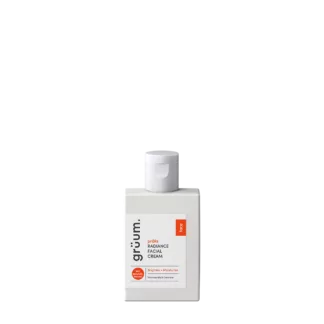
pråla Radiance Facial Cream | 50ml
Original price was: £9.00.£5.00Current price is: £5.00. -
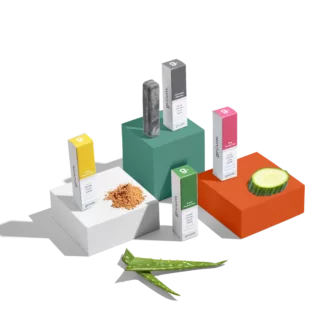
Yay for Clay!
From: £26.00 -
Sale
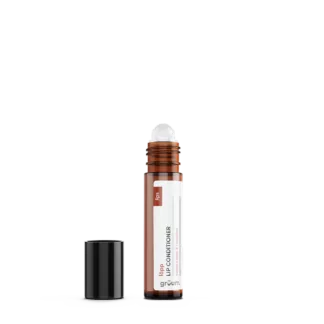
läpp Lip Conditioner – Vanilla Cookie | 9ml
Original price was: £14.00.£5.00Current price is: £5.00. -
Sale
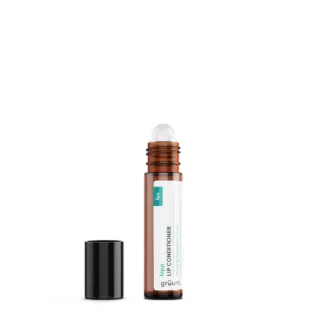
läpp Lip Conditioner – Peppermint Candy | 9ml
Original price was: £14.00.£5.00Current price is: £5.00. -
Sale
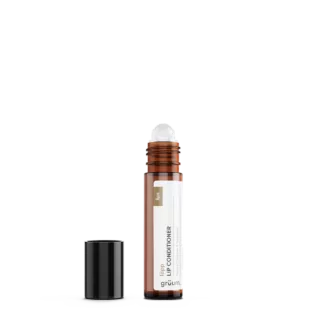
läpp Lip Conditioner – Salted Caramel | 9ml
Original price was: £14.00.£5.00Current price is: £5.00. -
Sale
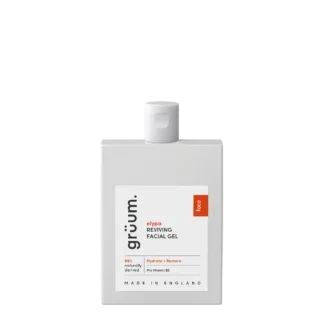
elypa Reviving Facial Gel | 100ml
Original price was: £14.00.£7.00Current price is: £7.00. -
Sale
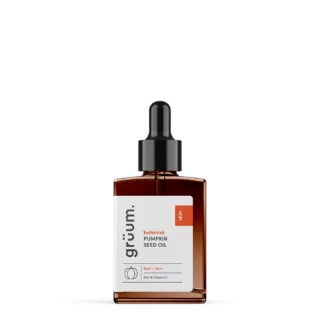
botanisk Pumpkin Seed Oil | 30mls
Original price was: £15.00.£4.50Current price is: £4.50. — available on subscription from £12.00 every month -
Sale
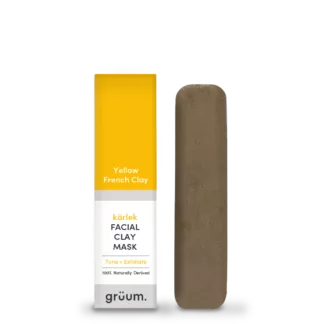
kärlek Facial Clay Mask – Yellow | 20g
Original price was: £6.50.£5.00Current price is: £5.00. -
Sale
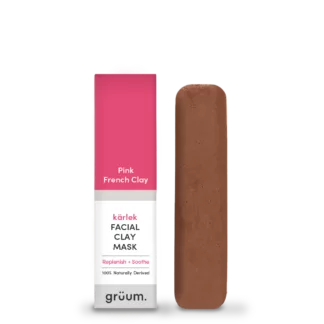
kärlek Facial Clay Mask – Pink | 20g
Original price was: £6.50.£5.00Current price is: £5.00.



